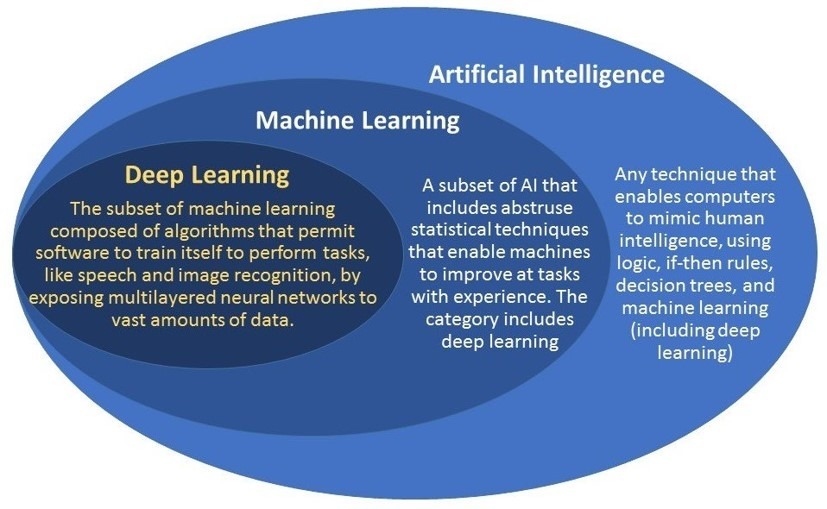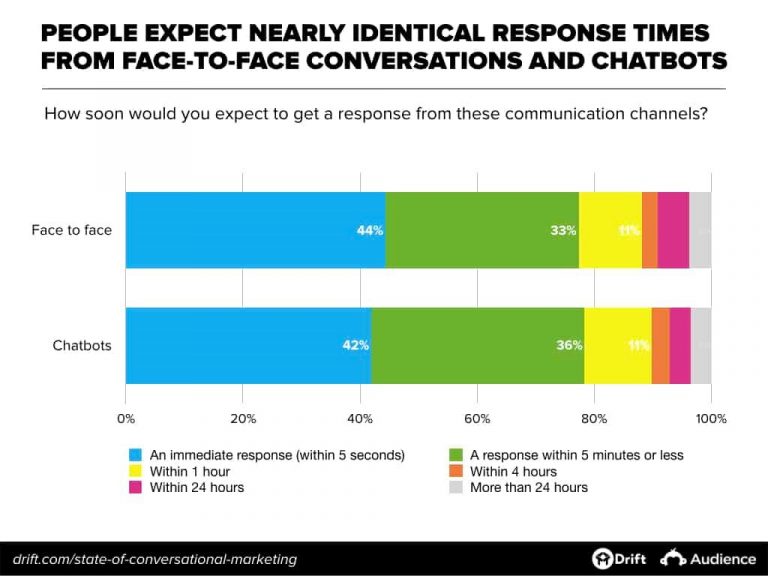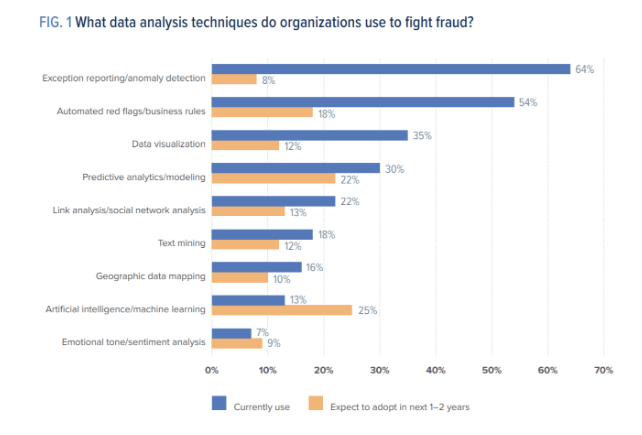Machine Learning (ML) and Robotic Process Automation (RPA) are two of the most popular fields responsible for the digital transformation of various industries in today’s day and age. While Data Analytics and Machine Learning have helped automate mathematical and logical tasks, RPA has helped automate mundane and repetitive business processes. The benefits of Machine Learning and RPA for society are countless. This article aims to go through some of these benefits that directly affect businesses.
Humans are not perfect
Possibly the best argument for automation of systems can be summarised in these few words. Humans are just shy of perfect. Like it or not, we have flaws, emotions, lapses of judgement and many other imperfections. A machine does not have these problems. A machine simply sees numbers, calculations, and results. A well-programmed machine will give consistent and accurate results every single time, no matter what. A machine does not tire, get sleepy or bored. Until now, the only obstacle in the way of automating more complex tasks was the inability of machines to learn from their mistakes. With the recent rise of deep learning and machine learning, that is no more a concern. Computers can now learn from their mistakes, analyse results, and improve processes on the fly, all without human intervention.

As a result, the main draw of ML and RPA for businesses is the possibility of getting rid of any kind of human error. Empowered by ML, companies can make accurate numerical predictions and make calculated and relatively low-risk business decisions. RPA can help them automate tedious business tasks, which are generally prone to human error. Never again will a mistyped digit or a missed page cause problems. The draw of reduced human error is especially pertinent in the age of Big Data. With the growing world population, we are now generating vast amounts of data as a species. Processing and working with even a fraction of this data is no joke, and hence is best handled by a machine. Additionally, this can also reduce staffing costs because the work of dozens of employees can be assigned to a single computer. As David Schatsky from Deloitte writes, “software robots can open email attachments, complete e-forms, record, and re-key data, and perform other tasks that mimic human action. Robots can be seen as a virtual workforce assigned to middle- and back-office processing centres”. The resources thus freed up can be used to pursue more complex and creative tasks that computers struggle with.
Employee Protection
As technology advances, there are bound to be people who misuse it. With the rise of the internet and social media, we have seen brand new problems arise – cyber bullying, cyber stalking and harassment, child pornography, hate speech – that could never have been imagined a couple of decades ago. Currently, a lot of corporations, including tech giants like Facebook, are using actual humans to monitor these issues. This has led to abysmal working conditions for these workers, who are forced to deal with unimaginably disturbing content on a daily basis. This involves going through videos of murder, sexual assault and hate speech. The Verge, a popular American technology news website, reported in 2019, “Employees are developing PTSD-like symptoms after they leave the company but are no longer eligible for any support from Facebook”. PTSD is just one of many mental health problems these workers face; Others include anxiety, panic attacks, depression and suicidal thoughts (Newton). Problems like these are only going to increase as us humans and our technology continue to get more robust and more exploitable.
Here is where Machine Learning can come in. Using Computer Vision and Natural Language Processing (NLP), we can create software that replaces the need for human moderators. By analysing the data generated by current moderators, we can build deep learning models that learn how to spot and flag disturbing content. We already see this in development with applications like Google’s Vision API that can detect explicit content in images. This kind of technology will hopefully improve in the future and extend to cover text and video content. By taking this burden off their employees, corporations can focus their manpower on other more important tasks and maintain the welfare of their employees.
Engaging with Customers
An essential part of running a business is engaging with customers to make sure they are satisfied with the goods or services you are providing. Customer service can make or break companies, and a particularly bad experience with it is enough to permanently turn away customers. The recent emergence of chatbots proves that the task of customer engagement can be delegated to Artificial Intelligence (AI) systems to lighten the load on employees. They can run 24/7, always greet customers politely and solve basic customer problems without any human intervention. Having some form of customer service available at all times of the day is a significant upgrade to customer relations. Even if the customer is unable to immediately resolve their issue with a bot, it will make them feel heard if the bot can log their issues and send them over to a human correspondent. The existence of a chatbot also makes sure that no customer has to wait on hold too long for a human agent: They can start discussing their issues with the bot and a human can take over as soon as possible, if required.
A study published on the blog of conversational marketing company Drift, clearly shows the effectiveness of chatbots as correspondents. The statistics in the study (shown below) show that people have almost identical expectations in terms of response times from chatbots and face to face conversations. The study also showed that between 2018 and 2019, there was a 3% increase in people who think that a chatbot would give them a response within 5 minutes (Kilens, 2019).

Thus, by adding chatbots to their arsenal, corporations can ensure a smoother and more robust customer engagement service, which can only mean good things for business.
Recruiting
Recruiting is another process that can be quite tedious and difficult. Screening candidates, going through resumes, and arranging interviews are just a few of the many steps in recruiting. ML techniques can come in handy here to reduce the amount of work that goes into recruiting.
The use of NLP can help screen resumes, by going through an applicant’s credentials and picking out the relevant information to be reviewed. Already, we see many online application portals, such as indeed.sg, that are able to process your resume and fill in details for you. NLP technology is also useful for creating recruiting chatbots, similar to those we discussed earlier, except their purpose is very different. Recruiting chatbots can be used to filter out candidates by asking them basic interview questions and evaluating their responses. This will help by reducing the number of candidates that need to be interviewed by a human. Avvanz provides such intelligent recruiting services with t.a.b.s., an intelligent way to screen candidates. It includes intelligent background screening, resume screening and recruiting chatbots to reduce interviewing time.
Fraud Detection
Forbes magazine says, “80% of fraud specialists using AI-based platforms believe the technology helps reduce payments fraud”. With the rise of e-commerce and online banking, more and more monetary transactions are taking place online. As we discussed earlier, more complex systems almost always lead to more attempts to exploit it, and the finance sector is no different. “Payments related fraud-based attacks are growing in complexity and often have a completely different digital footprint or pattern, sequence, and structure, which make them undetectable using rules-based logic and predictive models alone.”, Forbes reports (Columbus). Once again, Data Analysis and Deep Learning can be a huge help to corporations by helping them find anomalies in large amounts of payment data. Payment frauds can be a major nuisance for businesses, especially banks and financial institutions that deal with large amounts of money.
According to the Anti-Fraud Technology Benchmarking Report by the Association of Certified Fraud Examiners (ACFE), about 64% of organizations already use anomaly detection techniques for fraud detections (refer to the graph below), and 55% of organizations expect to increase their anti-fraud technology budgets in the next two years.

Therefore, AI provides a fast and effective way of detecting these problems and preventing them before it is too late. Although some amount of human oversight will be required, the amount of effort will be significantly reduced since employees will have to go through a lot less data. This makes for a safer online business model.
These are just a few ways in which Data Analysis and RPA can help run corporations. In fields that advance and develop as quickly as these, we can only wait and watch as more and more applications are discovered. From where we are standing now, if development continues at the current pace, the future seems bright.
About the author
Devansh Koppar is a third year Electrical and Electronic Engineering student at the Nanyang Technological University in Singapore. His interests lie in programming, web development and machine learning.
Works Cited
- Newton, C. (2019, February 25). The Trauma Floor. Retrieved May 21, 2020, from https://www.theverge.com/2019/2/25/18229714/cognizant-facebook-content-moderator-interviews-trauma-working-conditions-arizona.
- Schatsky, D., & Muraskin, C. (2016, September 14). Robotic process automation. Retrieved May 21, 2020, from https://www2.deloitte.com/us/en/insights/focus/signals-for-strategists/cognitive-enterprise-robotic-process-automation.html.
- Columbus, L. (2019, September 05). How AI Is Protecting Against Payments Fraud. Retrieved May 21, 2020, from https://www.forbes.com/sites/louiscolumbus/2019/09/05/how-ai-is-protecting-against-payments-fraud/.
- Kilens, M. (2019, August 08). 2019 State of Conversational Marketing [Free Report]. Retrieved May 22, 2020, from https://www.drift.com/blog/state-of-conversational-marketing/
- Anti-Fraud Technology Benchmarking Report. (2019). Retrieved 2020, from https://www.sas.com/content/dam/SAS/documents/marketing-whitepapers-ebooks/third-party-whitepapers/en/acfe-anti-fraud-technology-110652.pdf



